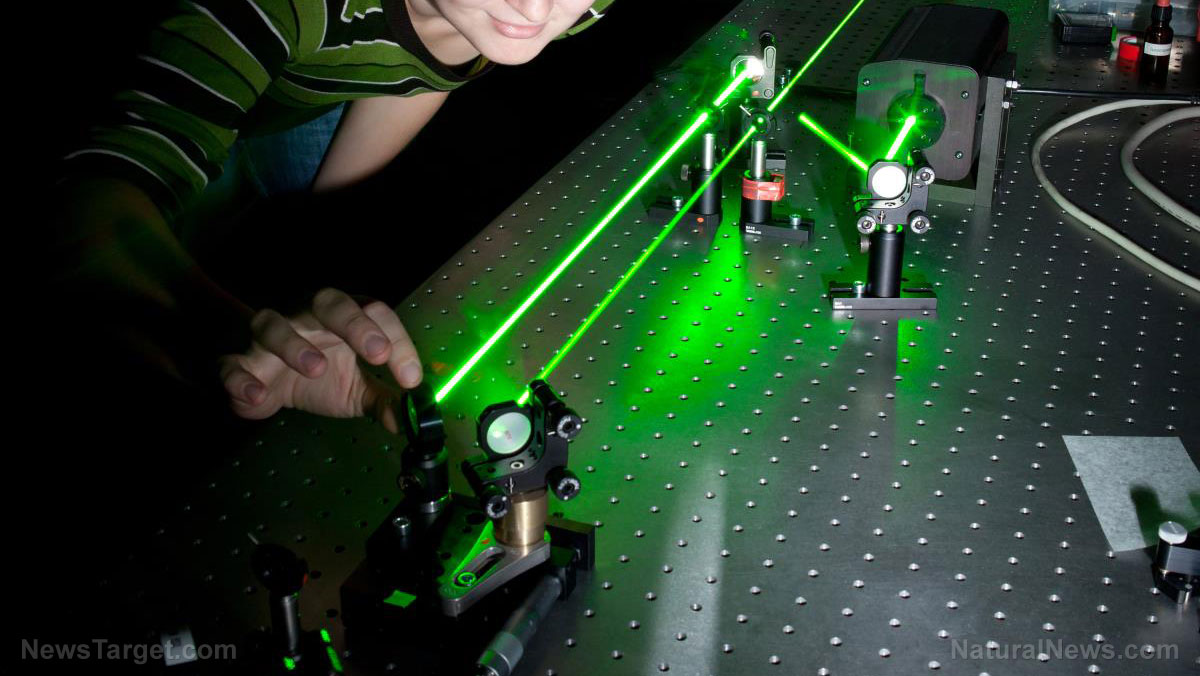Electricity in unlikely places: Rock surfaces throughout the planet may act as natural solar panels
10/05/2019 / By Edsel Cook

Rocks might not strike you as a potential source of clean and renewable energy, much less a substitute for solar panels. But Chinese researchers found that some stones sport metallic coats that naturally convert sunlight into electricity via the same process as photosynthetic organisms.
The coating contains iron and manganese, two minerals used in photovoltaic technology. When it gets hit by sunlight, the surface of the rock converts incoming photons into electrons.
Sunlight is the primary source of energy for organic and inorganic processes on Earth. It affects life, weather, and the chemical composition of the planet.
Photosynthetic organisms get their energy from the sun. They use phototrophy to trap photons and convert them into chemical energy for storage.
In comparison, solar technology turns sunlight into electricity through the photoelectric effect. When light hits the photovoltaic material, it knocks electrons and other free carriers away from atoms. The resulting electric current flows into a semiconductor material — for example, silicon.
Until recently, it appeared that nature did not have any inorganic counterpart to phototrophy, leading to questions as to how it powered certain processes. (Related: New research simplifies the process of harvesting solar energy to generate fuels.)
Natural particles may have metallic coatings that turn sunlight into electricity
Researchers at Peking University found non-biological examples of phototrophy in two regions of China. In the deserts of northern China, they found rocks covered in minerals that converted sunlight into electrons.
In the moister region of southern China, similar metallic coatings appeared on both karst and red soil particles. Karst refers to a landscape of limestone and other soluble rocks that has suffered severe erosion from water and weather. Red soil, on the other hand, got its name and color from its rich mineral content.
They brought samples of rocks and soil from both regions to the lab and scanned them under different types of microscopes and spectroscopes. The latter device was used to analyze the light absorbed and reflected by the materials to identify the elements contained therein.
The “varnishes” of the rocks from northern China contained high concentrations of iron and manganese oxyhydroxides. Meanwhile, the surface of the red soil particles bore iron oxyhydroxides.
Finally, the surfaces of the karst rock contained small amounts of manganese oxides. Both iron and manganese often make up the photoelectric coating of solar cells.
The research team manufactured a photoelectric sensor directly on top of the section of a rock varnish sample. They used the detector to create a tiny photoelectric current map of the coating.
Rocks and soil around the world might serve as the planet’s natural solar panels
The Peking researchers found that the metallic coatings were stable and sensitive photoelectric systems. The varnish converted light into electricity within its layer. The material wrapped within the coating did not display the same ability as the coating itself.
Furthermore, the photoelectric currents changed very quickly in response to any changes in the light that hit the sensitive material. The currents activated and deactivated as if a switch was being turned on and off.
The research team attributed the solar-responsive ability of the rocks and soils to the semiconducting properties of the iron and manganese-based coatings. Further, these coatings might serve in the same role as photosynthetic organisms.
They pointed out that similar photoelectric coatings covered rocks and particles in deserts, karst, and red soil environments around the world. In essence, a part of Earth’s surface worked like a giant solar panel.
“The native semiconducting iron/manganese-rich coatings may play a role similar, in part, to photosynthetic systems and thus provide a distinctive driving force for redox (bio)geochemistry on Earth’s surfaces,” explained the Peking researchers.
Visit Chemistry.news for more news and studies on similar semiconductors found in nature.
Sources include:
Tagged Under: Chemistry, cool science, discoveries, discovery, electricity, energy source, environ, green living, iron, Manganese, minerals, photoelectric, photosynthesis, power source, renewable energy, research, semiconductors, solar cell, solar energy, solar panels, solar power, weird science
RECENT NEWS & ARTICLES
COPYRIGHT © 2017 SCIENTIFIC NEWS


















